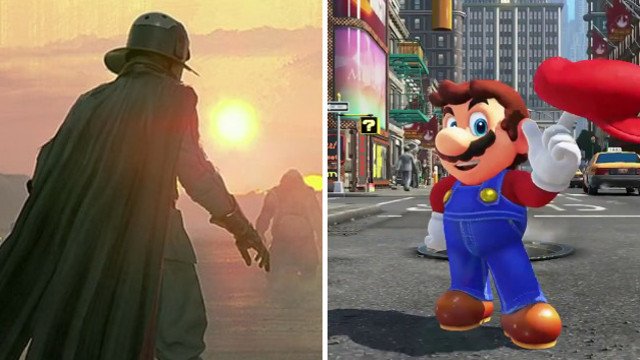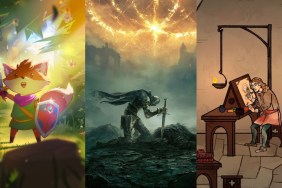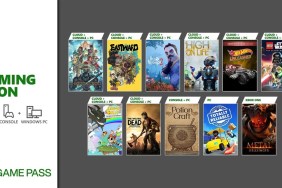It’s weird seeing the gaming discourse of the week revolving around the apparent “death” of single-player video games, all while you’re dressed head-to-toe in Super Mario Odyssey merch and sat by your front door, legs crossed and waiting for your copy of the game to arrive. But thanks to a new development from EA that’s the position I’ve found myself in today, with many bemoaning the apparent death knell of single-player…

Atlas is an action-rpg with rogue-like elements where you use your ability to control the ground to fight the enemies and move through procedurally generated worlds.










